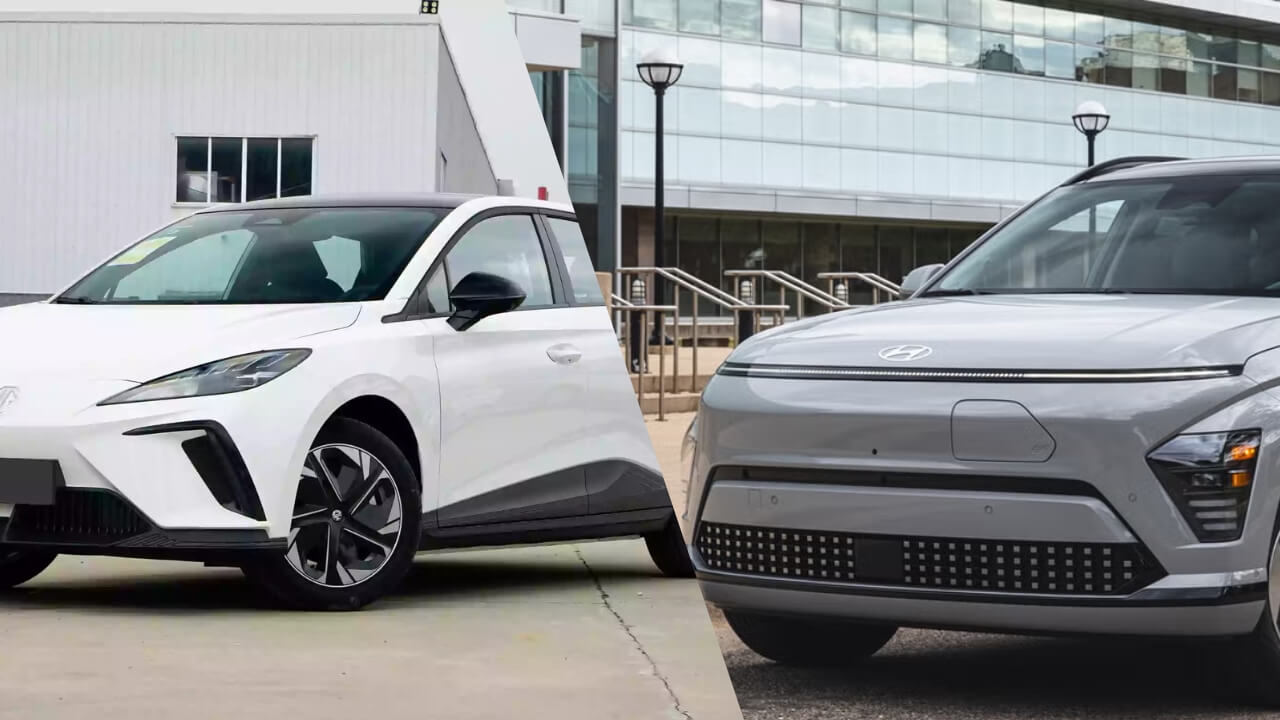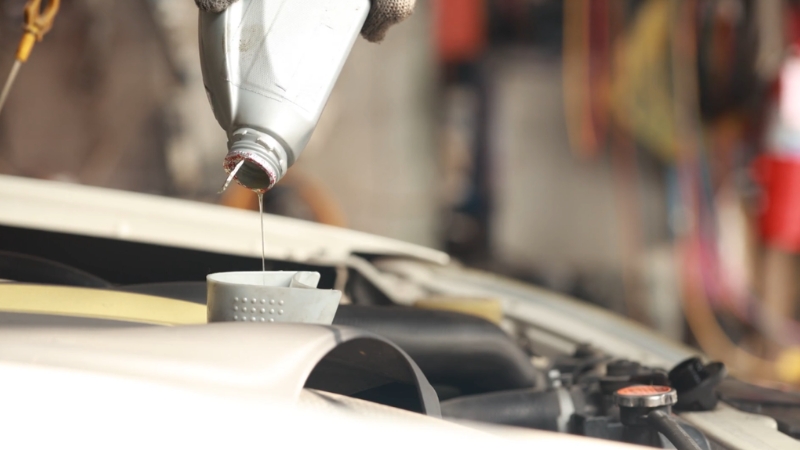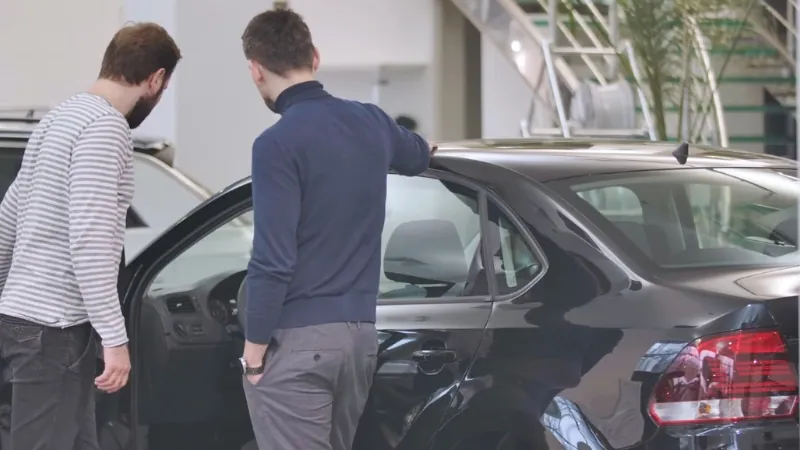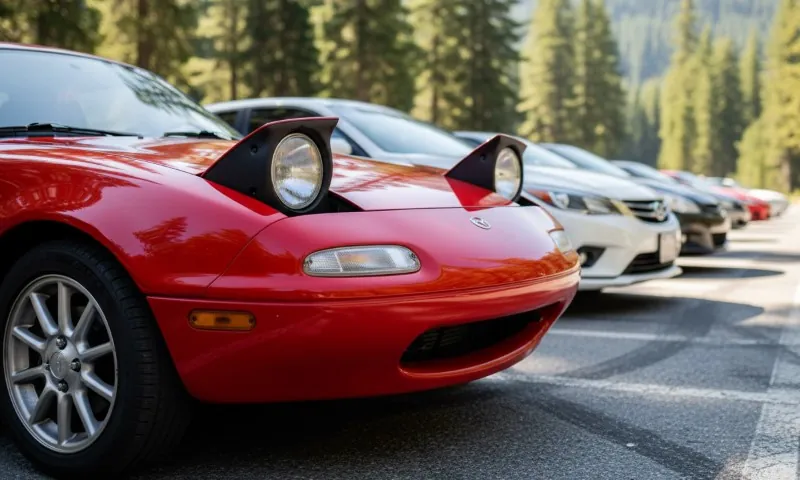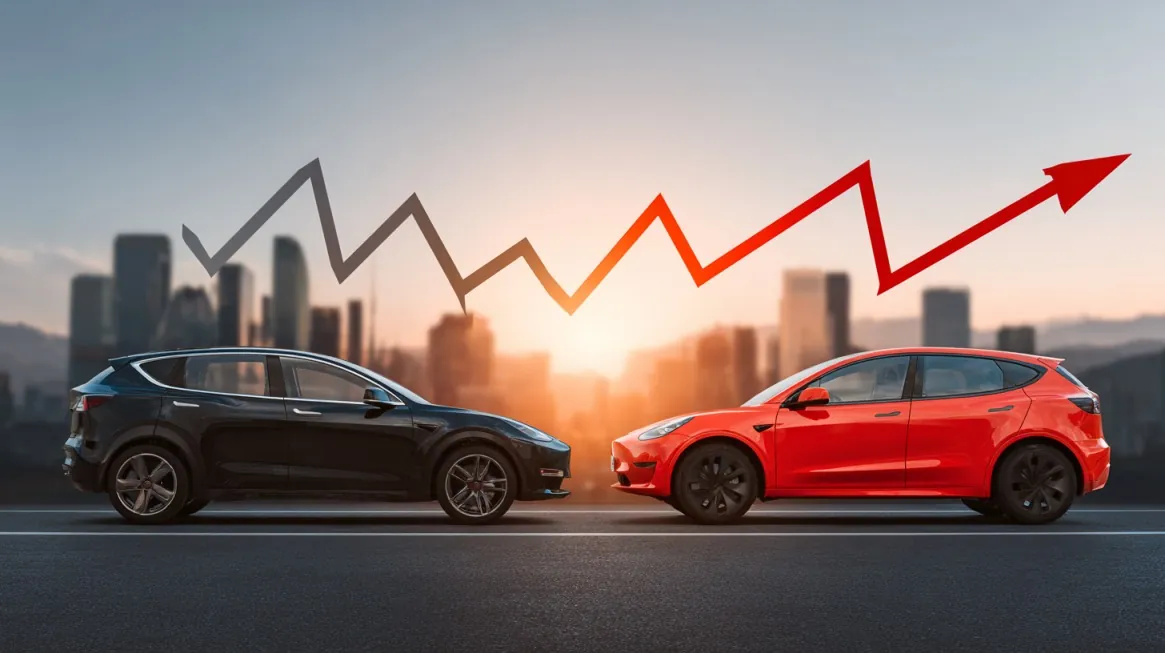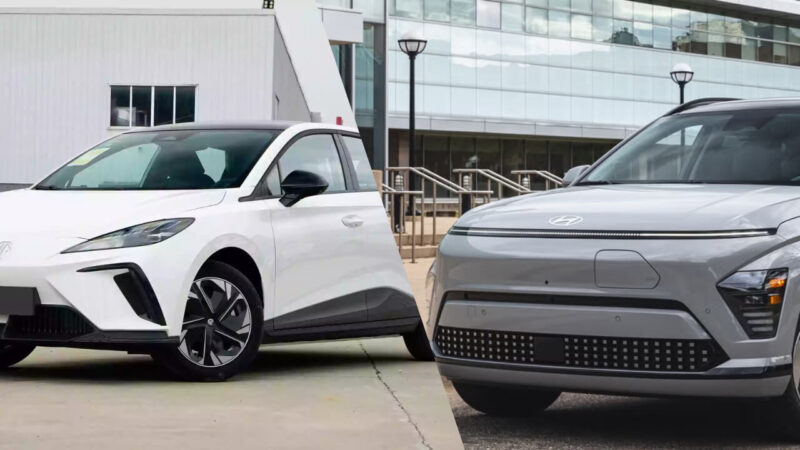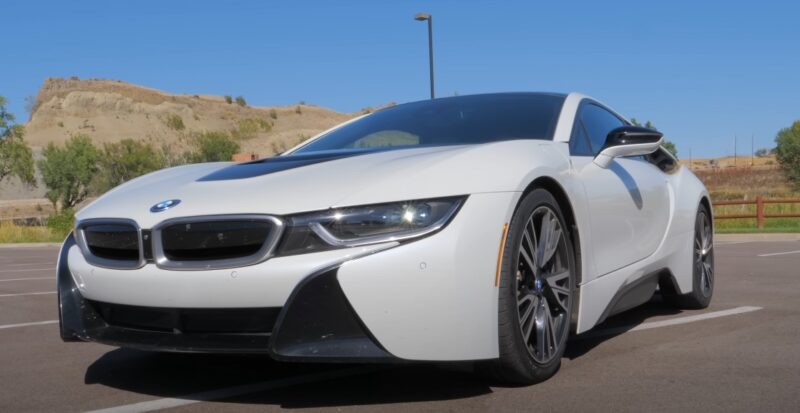
Share Post:
The BMW i8— the hybrid sports car that once turned heads and made people believe the future had officially arrived. It was sleek, fast, and packed a sci-fi-worthy powertrain that blended turbocharged muscle with electric wizardry.
But here’s the kicker: despite bowing out of production, the i8 refuses to fade into obscurity. Car lovers, engineers, and dreamers still geek out over its groundbreaking engine setup.
So, what made this plug-in hybrid tick? Let’s peel back the hood and take a look at the BMW i8’s engine specs—because if we’re talking about innovation, this machine deserves its moment in the spotlight.
Table of Contents
ToggleBMW i8 Engine Specifications
| Aspect | Details |
| Engine | 1.5L 3-cylinder turbo, 231 hp, 320 Nm torque |
| Electric Motor | Front axle, 143 hp, instant torque |
| Total Power | 374 hp (combined) |
| Acceleration (0-100 km/h) | 4.4 seconds |
| Top Speed | 250 km/h (electronically limited) |
| Battery Capacity | Initially 7.1 kWh, later 11.6 kWh |
| Electric Range | Real-world: ~34 km |
| Transmission | 6-speed auto (gas), 2-speed (electric) |
| Fuel Economy (NEDC) | Up to 140+ mpg (theoretical) |
| Driving Modes | eDrive, Hybrid, Sport |
| Chassis Material | Carbon-fiber-reinforced plastic (CFRP) |
| Weight | 1,535 kg |
| Aerodynamics | Aerodynamic design for efficiency |
| Braking System | Regenerative braking |
| Production End | 2020 |
| Legacy | Set the tone for performance hybrids, inspired future models |
A Hybrid Icon That Shook the Market
Many predicted the i8 would be a half-baked experiment—something that looked stunning but drove like a lawnmower powered by a hamster wheel.
Turns out, the engineers in Bavaria delivered a more legitimate performance machine than skeptics expected. Sales might have ended in 2020, yet plenty of enthusiasts still regard it as a watershed moment in automotive evolution.
Sure, there have been flashier electric cars and more powerful hybrids since then, but that doesn’t erase the i8’s influence. Nobody can deny the sense of occasion.
Doors that swing upward like a scissor-inspired dance move. A silhouette designed to slice through the air. And all anchored by a hybrid powertrain that dared to unify performance with responsible fuel usage.
Some called it the future of the sports car. Others muttered that it was just a rich man’s weekend cruiser. Either way, cynics and fanboys alike paid attention.
The 1.5-Liter TwinPower Turbo of BMW i8
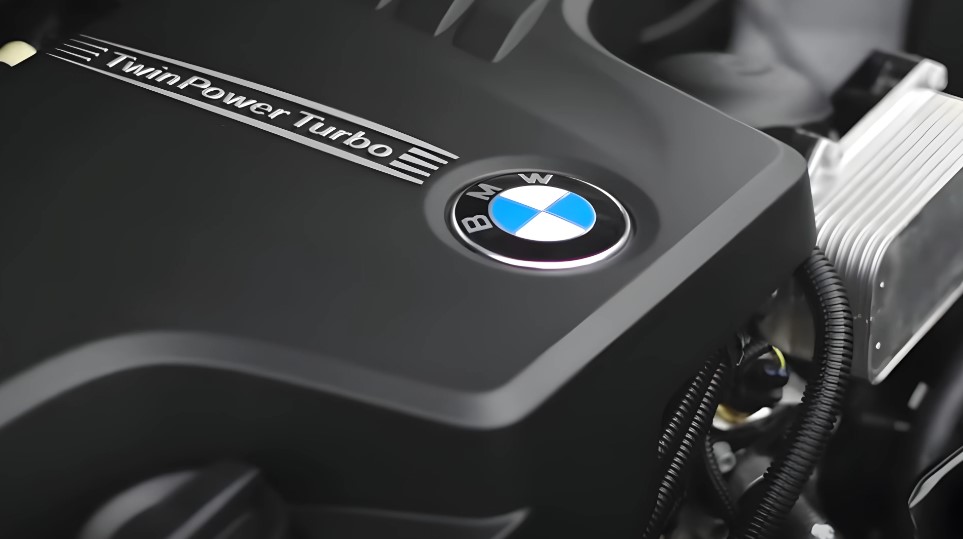
An experienced mechanic might greet a 1.5-liter three-cylinder with a roll of the eyes, expecting puny output and comedic performance. That reaction might be a tad hasty.
The B38K15T0, as BMW labeled it, punches out 231 horsepower and churns out 320 Nm of torque. No, it won’t match a roaring V8’s bombastic soundtrack.
However, it manages to propel the rear wheels with a certain snarl that you don’t anticipate from something so small. A six-speed automatic transmission is mated to that undersized powerhouse.
Shifts are smooth enough to keep the ride civilized, and the ratio spread is tuned for zippy takeoff as well as highway cruising. That might be surprising for those who rolled their eyes upon hearing “three-cylinder.”
Some older mechanics recall ancient econobox lumps that shook and rattled like they were powered by an old coffee grinder. This one is on a different level. Some people might say it’s a miracle the engine even works at all, given its stunted dimensions.
Yet the design is purposeful, focusing on efficiency as much as raw grunt.
BMW i8’s Front Electric Motor
Gluing electric propulsion to a sports car used to be akin to mixing chocolate sauce into tomato soup. The i8’s electric motor, placed at the front axle, defied cynics by producing 143 horsepower.
That figure, while modest in the grand scheme, allows for near-instant torque delivery. Tied to a two-speed automatic gearbox, it turns the front wheels with quiet precision in zero-emission driving situations.
Purists might balk at the idea of a battery-laden sports car. “A real enthusiast wants a naturally aspirated inline-six,” they’d grumble. Meanwhile, those who actually took the i8 for a spin recognized how quickly the electric motor responds at lower speeds.
No turbo lag, no fuss, just immediate thrust. Combined with the chirp of that little turbo three-cylinder out back, the i8’s split personality feels cunningly well-sorted.
Combined Power and Acceleration
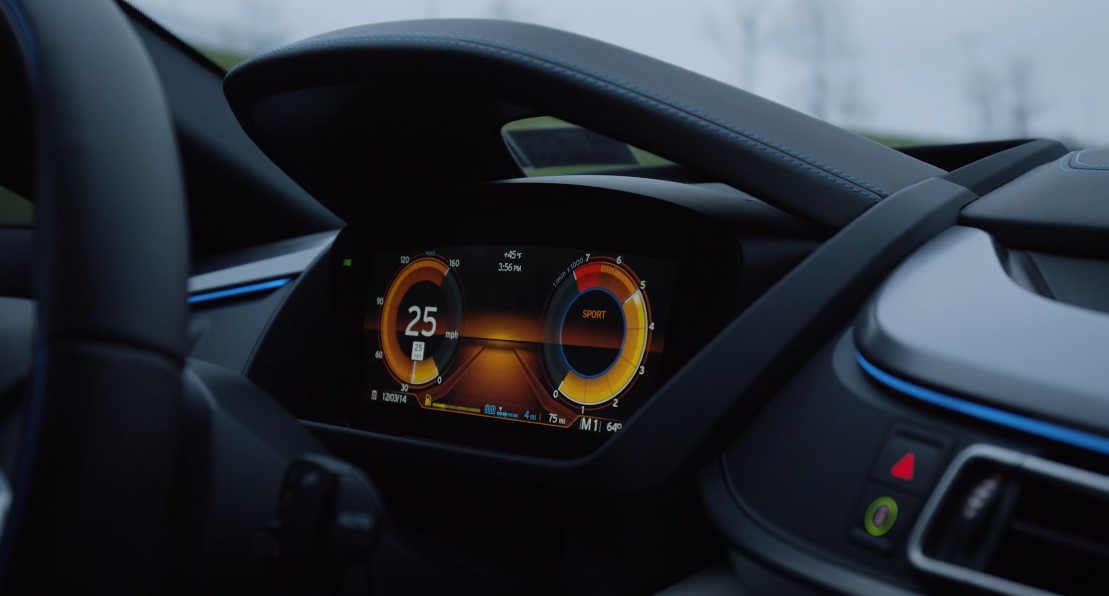
Harnessing both the gasoline engine and electric motor yields 374 horsepower and, more importantly, an adrenaline-pumping 0 to 100 km/h dash in around 4.4 seconds.
That figure looks pretty respectable for a hybrid from the mid-2010s that also aimed for eco-friendlier credentials. In fact, plenty of drivers found themselves shocked that the car could deliver the type of performance typically associated with six-figure exotics.
The maximum speed is electronically pegged at 250 km/h. Some might ask, “Why not push it further?” Well, perhaps the engineers decided not to fling owners into the stratosphere.
Or maybe they thought it was enough to risk your license on most highways with only half a press of the accelerator. In any case, it’s not an everyday experience to see a three-cylinder hybrid tickling 155 mph.
That alone gave the i8 an immediate conversation starter among sports car loyalists.
Battery Upgrades and Electric Range
Initial versions came with a 7.1 kWh battery pack. That grew to an 11.6 kWh setup, boosting zero-emission driving from just over 20 kilometers to around 55 under NEDC ratings.
Real-world range often hovered near 34 kilometers, which is plenty for a short commute or a quick trip to the grocery store. Electric driving might not scream excitement for every sports car enthusiast, but it made the i8 a bit more versatile in daily use.
Charging can wrap up in about three hours on a dedicated wall charger. If you’re in a rush, your day might revolve around searching for a station to top off.
Some grin at the convenience of plugging in at home or at work. Others pine for the old days of just pumping fuel and driving away. But the wave of electrification has only grown, so the i8 was a pioneer of sorts—some love that, others remain skeptical.
BMW i8 Fuel Economy
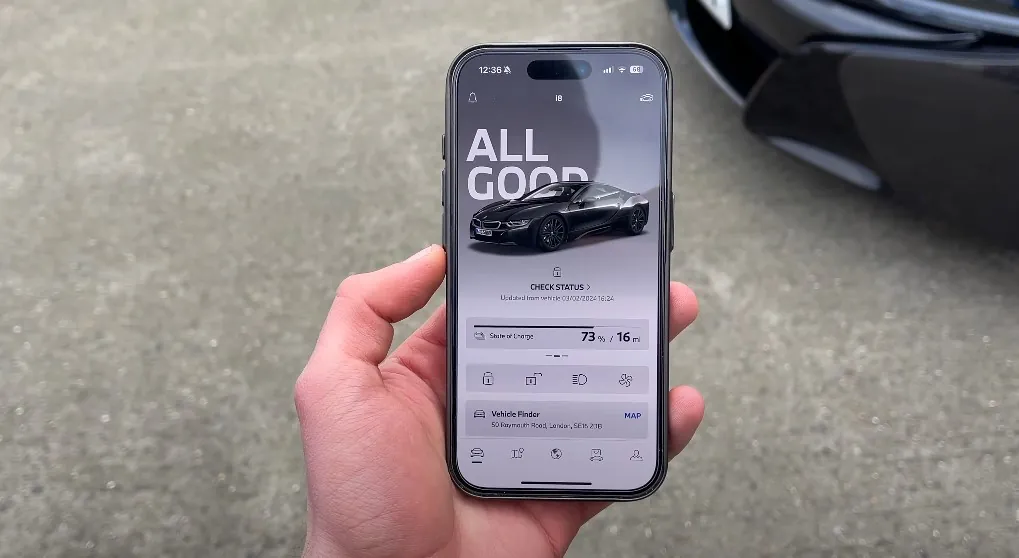
BMW once touted over 140 mpg in NEDC cycles. That obviously made headlines, prompting the average person to scratch their head and wonder if they’d misread the numbers.
On paper, it’s an astonishing figure. Out in the real world, reaching that sort of efficiency demanded near-saintly discipline: a full battery, a short enough drive, and no lead-foot antics.
Emissions sat at around 49 g/km under ideal test conditions, which had environmental advocates nodding in approval and performance junkies gawking at the contradictory fusion of power and cleanliness.
Driving Modes for Every Mood
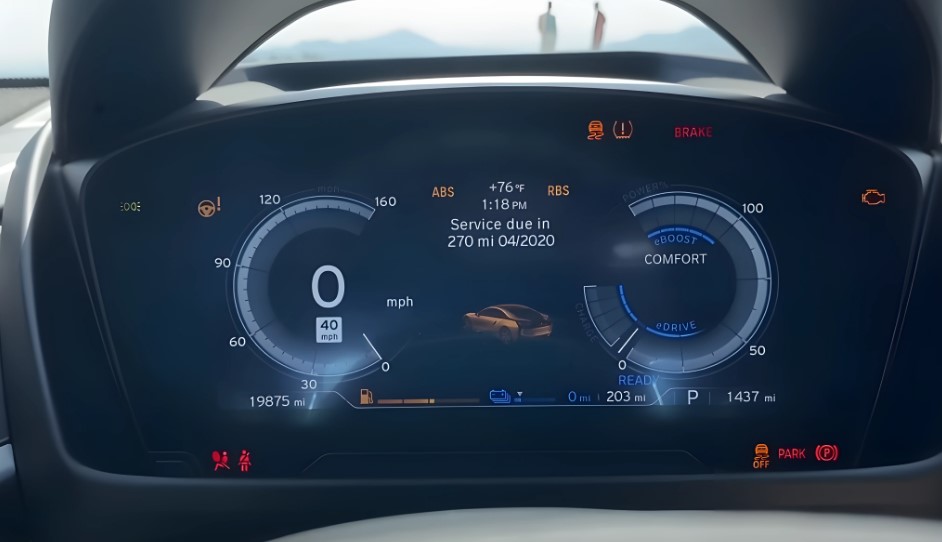
Variety is the spice of life, and the i8 offered multiple ways to get around:
1. eDrive Mode
Pure electric motion, perfect for creeping quietly through neighborhoods and impressing bystanders with near-silent operation.
Speeds up to 120 km/h could be reached, with the battery lasting around 34 kilometers in real-world usage if you tiptoed lightly on the accelerator.
2. Hybrid Mode
The balanced approach. Electric motor and gasoline engine worked hand-in-hand to optimize efficiency or summon extra power when necessary. It’s how the car typically behaved, ensuring nobody needed a PhD to operate it.
3. Sport Mode
The mode for people who prefer maximum drama. Throttle response becomes sharper, steering gains heft, and the car regenerates more electricity under braking.
Also, that modest three-cylinder tries to impersonate a bigger engine, especially if you goose the accelerator.
Chassis, Weight Distribution, and CFRP
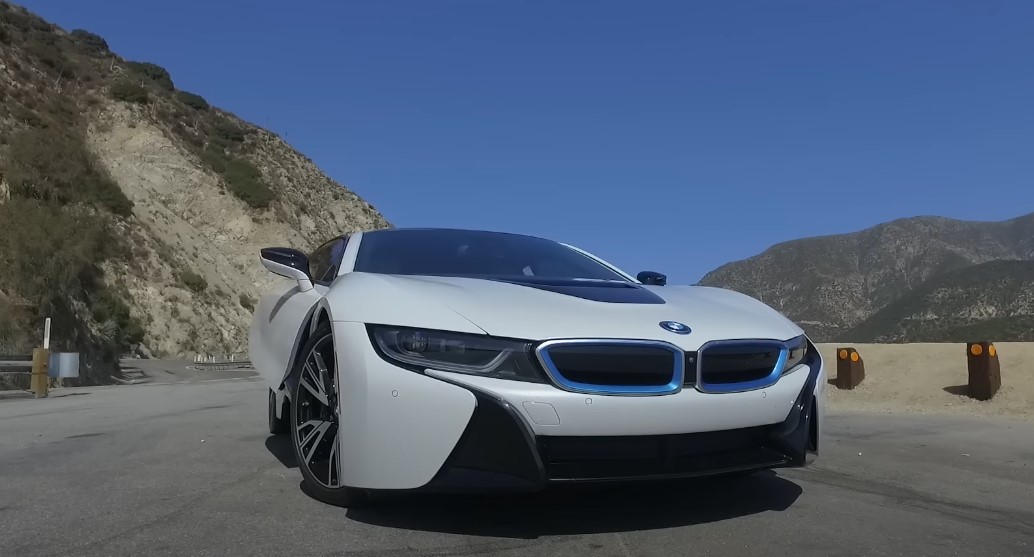
One big selling point was the carbon-fiber-reinforced plastic (CFRP) passenger cell. That construction technique offered impressive rigidity while shaving weight.
It also allowed for a near-perfect 50:50 balance between front and rear, fueling claims of agile handling. The i8’s total weight lingered around 1,535 kg, which is fairly light for a hybrid sports car carrying a battery pack and dual power sources.
An aluminum frame housed most of the drivetrain bits, including the suspension components. That combination of CFRP and metal might seem radical, but it helped position the heavy battery in a place that enhanced the center of gravity.
Drivers who took corners with gusto lauded the i8’s stability. Sure, it might not produce the raw mechanical shriek that echoes from a purebred supercar, but it stuck to the road surprisingly well.
Aerodynamics and Eye-Catching Design
Gimmicky? Possibly. Stunning? Absolutely. The styling turned heads upon release and still grabs attention today. An elongated shape, swooping lines, and those iconic scissor doors gave onlookers an eyeful.
Beyond aesthetics, aerodynamic elements were integrated: an air-curtain system up front, streamlined contours along the sides, and a low-slung rear deck. Engineers apparently spent countless hours in wind tunnels.
That effort minimized drag and improved overall efficiency. It’s the automotive equivalent of wearing a tailored suit instead of an off-the-rack bargain bin special.
Regenerative Braking System of BMW i8
Anyone who’s hopped into a hybrid recognizes the occasional quirk of regenerative brakes. The i8 included a system that captured kinetic energy whenever the driver lifted off the throttle or applied the pedal, then transformed it into electrical juice for the battery.
Sport Mode ramped up that regenerative effect, which is perfect for those who enjoy a more pronounced “engine braking” feel—except it’s coming from the electric side.
Critics love to nitpick about brake pedal feel in hybrids. Some claim it’s too grabby or too inconsistent. The i8’s system landed somewhere in the upper echelon of acceptance, managing to keep transitions between mechanical and electric braking relatively smooth.
Still, a seasoned mechanic will note the occasional odd sensation if you’re eagle-eyed about pedal response.
Legacy and Modern Influence
Production halted in 2020, leaving fans to wonder if BMW decided that one groundbreaking hybrid sports car was enough. Despite that end, the i8 remains a symbol of what once was, acting as a blueprint for future performance hybrids.
There are now more refined and powerful competitors featuring advanced battery technologies and motors so robust they make the i8 look quaint.
But the i8 set a tone in the industry: performance cars could showcase environmental responsibility, at least to some extent. Plenty of manufacturers keep inching toward carbon-neutral performance solutions.
The i8’s success is partly responsible for that. It proved that enthusiasts can appreciate hybrid technology that doesn’t compromise style or excitement.
In a sense, it educated the market on how to merge two seemingly disparate worlds under a single sleek shell. Some critics insist the i8 wasn’t perfect.
A few even label it a marketing gimmick for those who wanted an eco-conscious badge on something that still roared down the highway. Yet the automotive world gleaned many lessons from that flamboyant machine, ensuring an enduring impact.
Summary
The i8 carried a fearless spirit that injected a jolt of innovation into a market occasionally resistant to change.
A pint-sized three-cylinder might have seemed laughable for a luxury sports car, yet that engine delivered respectable performance and collaborated seamlessly with an electric motor.
It was a short production run, but that hybrid coupe remains a notable milestone in automotive history. A cynic might throw jabs at the i8’s limited electric range or question the real-world fuel consumption.
Still, an honest overview acknowledges that it was an inspired effort. Many roads lie ahead for high-performance electrification, and the i8 played its part in paving a path forward.
Count on gearheads and eco-warriors alike to keep referencing that daring creation as a benchmark for the evolution of sports car technology.
Related Posts:
- 2025 Ford Explorer - Comprehensive Review, Price,…
- The BMW 507 Roadster - Elvis Presley's Forgotten Gem
- 2025 Dodge Charger - Full Review, Pricing Details,…
- 2025 Lexus LC 500 - Price, Specifications & More
- 2025 Ram 1500 Engine Comparison - Pentastar V6, HEMI…
- How Often to Change Coolant - Tips For a Healthy Engine


